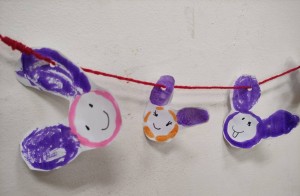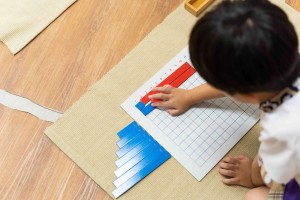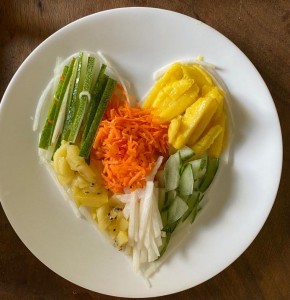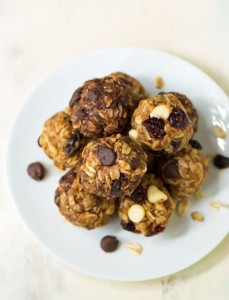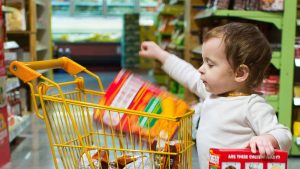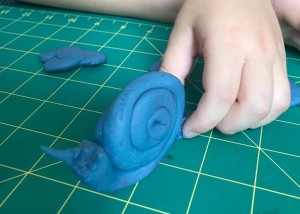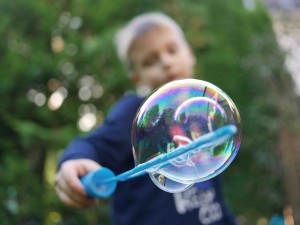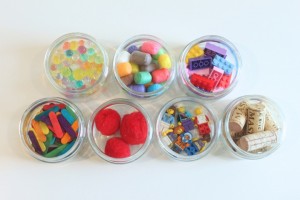“He has no need of adult influences to call out his activity, a tranquil environment suitable to the interests of his age and freedom to follow the promptings of his own inner need are sufficient for him. This child has true spontaneous activity: his development unfolds from within through his activity working purposefully on the objects in his environment” Dr. Maria Montessori, Maria Montessori Speaks to Parents Introduction to the Montessori Method The Montessori method was started in the early 1900s by Dr Maria Montessori. In those times, she saw the need for a system of education that understood the child’s development and world. Since then, her method of education has changed education around the world, and it is still trusted today as a method that nurtures each child, adapts to individual paces and needs, and inspires in children responsibility, independence, and the love of learning. An idea fundamental to Montessori philosophy is that the child has an innate desire to develop her/his human potential in all its dimensions. Equally intrinsic to Montessori philosophy is the belief that the young child has an “absorbent” mind. Maria Montessori believed that just as a baby learns to walk and talk spontaneously and without the direction of an adult, so is the child able to absorb and process all sorts of information from her environment, and in effect, to teach herself. Thus, Maria Montessori believed that the primary job of childhood is for the child to “create” her/himself. There are many benefits to the Montessori style of teaching. Every child is born unique and full of potential. Montessori practice gives them the gift of independence through structured freedom and by allowing to learn at their own pace. This in turn enables the child to learn and grow, unimpeded, encouraging discovery and development. We pride ourselves as a leading Montessori pre-school where each child’s creativity and talents are nurtured in a socially aware, stimulating and warm environment. But Montessori practice shouldn’t end when school ends – starting and continuing the Montessori approach at home is of great benefit to your child. Conditions for the Ideal Environment We believe that with the right conditions, the full potential of a child can be realised. In order to achieve this, we must create the ideal learning environment for them. It needs to be structured by careful preparation, to aid the child’s life and natural growth. At House on the Hill, all our classes are carefully and purposefully designed to help our children to develop well, based on Dr. Montessori’s learnings. This is the first environment. “The second environment the child encounters is that of the home. How perfect that will be depends entirely on how clearly the child’s needs are understood and how lovingly and unselfishly these needs are provided for. We must consider the needs of the child just as analytically as we would consider the needs of a plant we were about to grow. One could not expect a perfect plant to develop if the need of the plant for sunlight were ignored; or if the sunlight were provided and the need for water ignored; or, if both of these needs were remembered but the plant were forced to grow in poor soil.”¹ How do you create this ideal learning environment at home? If you think about what an ideal environment for you to work in is like, the same would apply for children. Peaceful, quiet surroundings enable concentration. A beautiful environment helps to motivate. A place that is orderly and tidy. Here are our top tips for creating the ideal environment! 1) Follow your child – Observe your child’s interest and development 2) Invest in open shelves and baskets – Create an organized and peaceful environment 3) Choose some of your child’s nicest toys – Do they inspire and nurture? Which ones sparks your child’s imagination? 4) Limit quantity of toys available for the child to select. 5) Natural Materials – try to use materials that are beautiful and delicate to the touch 6) A home for everything and everything in its place 7) Accessible space – giving children the opportunity to be independent in their own space. 8) Get support – don’t be afraid to ask for help! It could be from anyone at home who is actively participating in raising your child, other parents from the same school or from your child’s class teacher. Here are real life examples of how the right conditions can be beneficial from our parents: “After I reorganised his toy area to have more space and less toys, S started to return his toys to where he had originally taken them from. The other day, S started to not properly play with them. I explained how sad I was and how we had made an effort to make them organised and neat. Suddenly he returned them and started to play nicely. How amazing is that? I do not need to get angry or tell him the same thing many times.” “Although the number of toys and books are limited, he never gets bored! It’s an eye opening discovery for me. Before the workshop, I worried about the number of toys and books whether they are enough for my son. After selection of toys and books, Z seems to be more conscious about pack up, keep them in original location.” All Childhood Experiences Have an Impact on their Later Personalities Let’s dig a little deeper into this. “He learns everything without knowing he is learning it, and in doing so he passes little by little from the unconscious to the conscious, treading always in the paths of joy and love” Dr. Maria Montessori, the Absorbent Mind If there is one Montessori term that you should know, it’s the Absorbent Mind! The Absorbent Mind was Maria Montessori’s most in-depth work on her educational theory, based on decades of scientific observation of children. This book helped start a revolution in education. Since then, there have been both cognitive and neurological studies that have confirmed what Maria Montessori knew decades ago. Maria Montessori calls the child’s mind between the ages of birth to six, ”The Absorbent Mind”. In this period, the child possesses an
